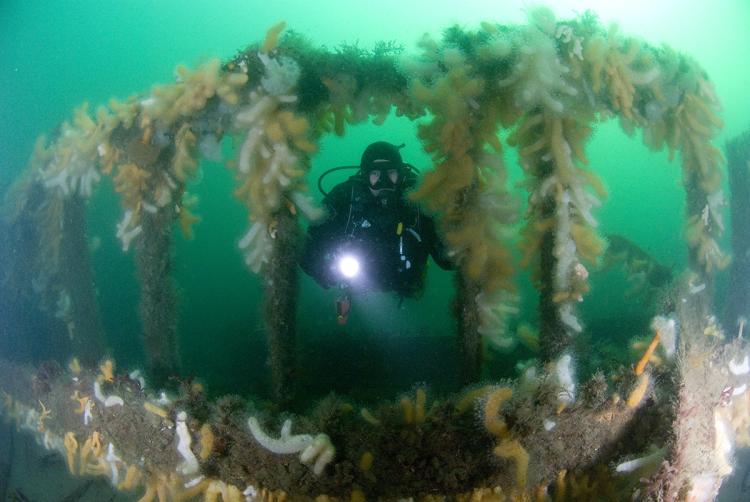Explorer Ventures Pre-DEMA Group Travel Specials - 2024
Reserve a small group or the whole boat for your dive shop, we have PRE-DEMA deals that will save you money. Book a group of six or more travellers to enjoy special pricing and exclusive extras, like free spaces, free Nitrox and unbeatable deposit terms for travel into 2027.
Our expert travel team will help you reserve your group liveaboard trip to the Caribbean, Galapagos, Red Sea, Maldives, Palau or Maldives.
These deals are typically better than the DEMA Specials and won’t be marketed to the public! Be creative; put together a package that works for you.














